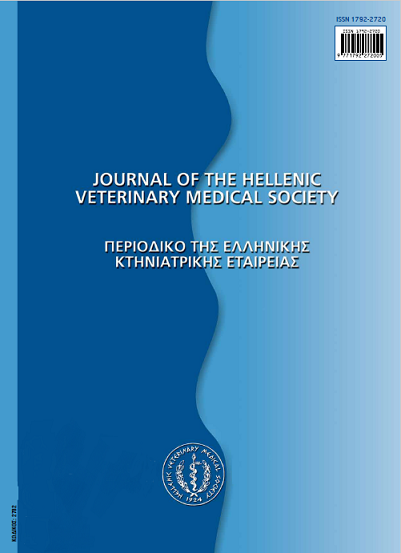A concise history of Salmonella spp. nomenclature
Résumé
The history of typing strains of the genus Salmonella is a matter, perhaps, causing anxiety to those choosing to do research with this microorganism. The nomenclature and taxonomy of microorganisms of great Public Health importance, such as Salmonella, are causing proliferation of opinions and information representing various "schools of thought". They produce a difficult to manage bulk of scientific information, eventually deterring inexperienced newcomers in this field of research. In overcoming this confusing proliferation of information, international bodies, having the responsibility of summarizing and officializing available knowledge, publish regularly "landmark decisions" on nomenclature and taxonomy. The present concise review of the history of Salmonella nomenclature aims in guiding the inexperienced researchers studying salmonellosis in animals and man toward the sources of accurate information.
Article Details
- Comment citer
-
EVANGELOPOULOU, G., BOURRIEL, A., & SPYROU, V. (2018). A concise history of Salmonella spp. nomenclature. Journal of the Hellenic Veterinary Medical Society, 61(4), 323–329. https://doi.org/10.12681/jhvms.14905
- Numéro
- Vol. 61 No 4 (2010)
- Rubrique
- Review Articles

Ce travail est disponible sous licence Creative Commons Attribution - Pas d’Utilisation Commerciale 4.0 International.
Authors who publish with this journal agree to the following terms:
· Authors retain copyright and grant the journal right of first publication with the work simultaneously licensed under a Creative Commons Attribution Non-Commercial License that allows others to share the work with an acknowledgement of the work's authorship and initial publication in this journal.
· Authors are able to enter into separate, additional contractual arrangements for the non-exclusive distribution of the journal's published version of the work (e.g. post it to an institutional repository or publish it in a book), with an acknowledgement of its initial publication in this journal.
· Authors are permitted and encouraged to post their work online (preferably in institutional repositories or on their website) prior to and during the submission process, as it can lead to productive exchanges, as well as earlier and greater citation of published work.



